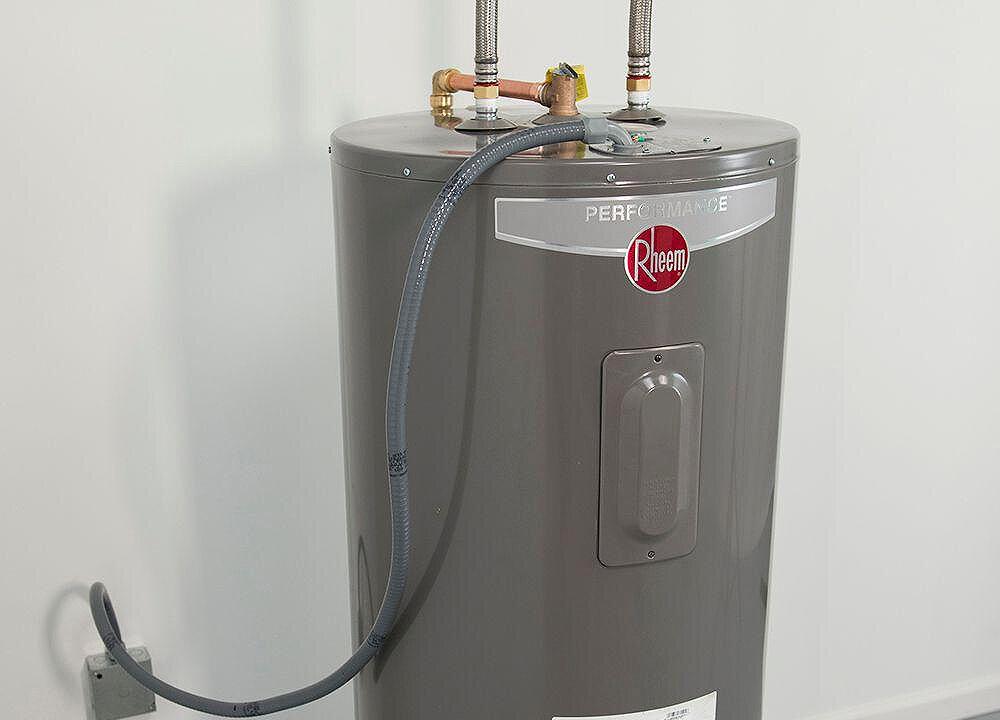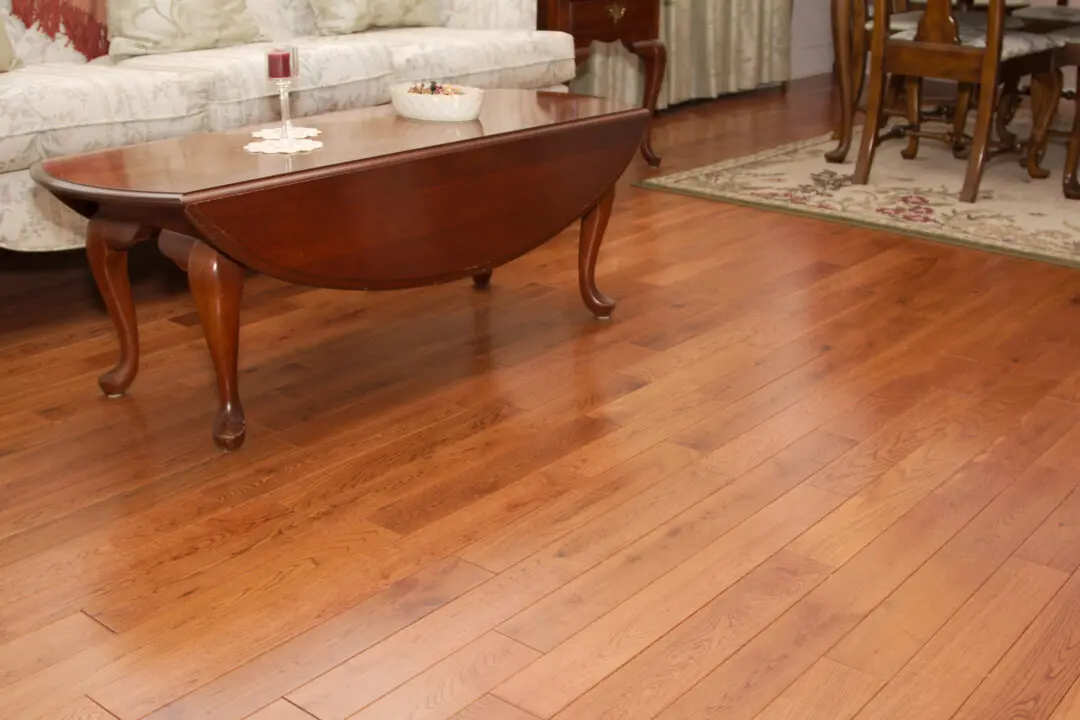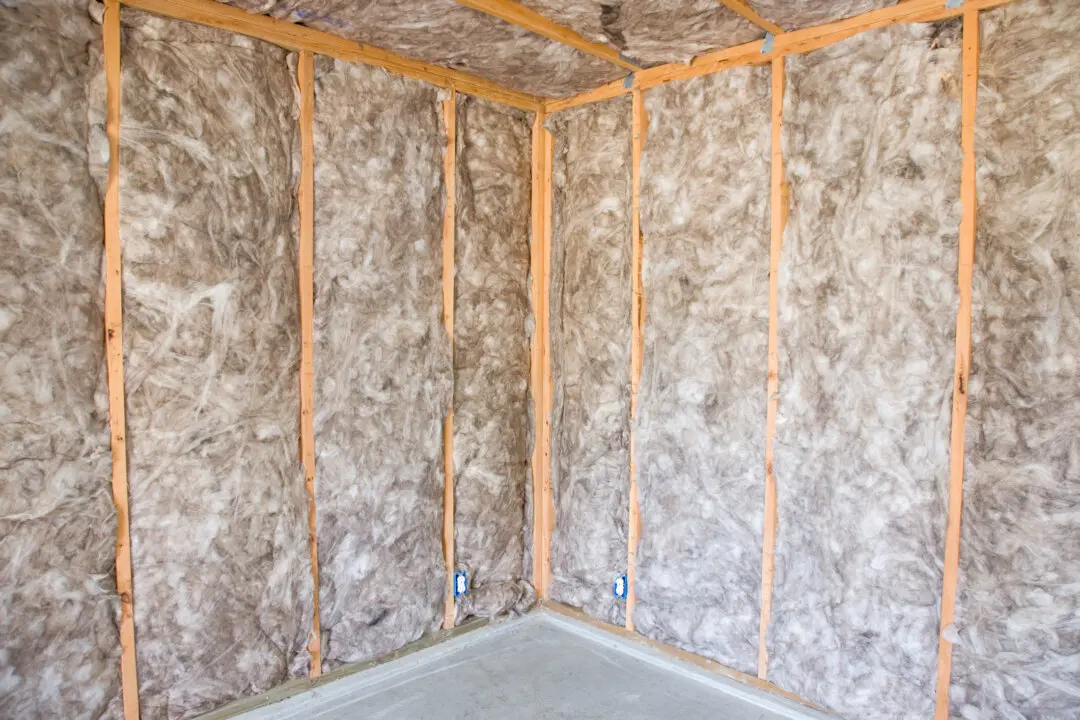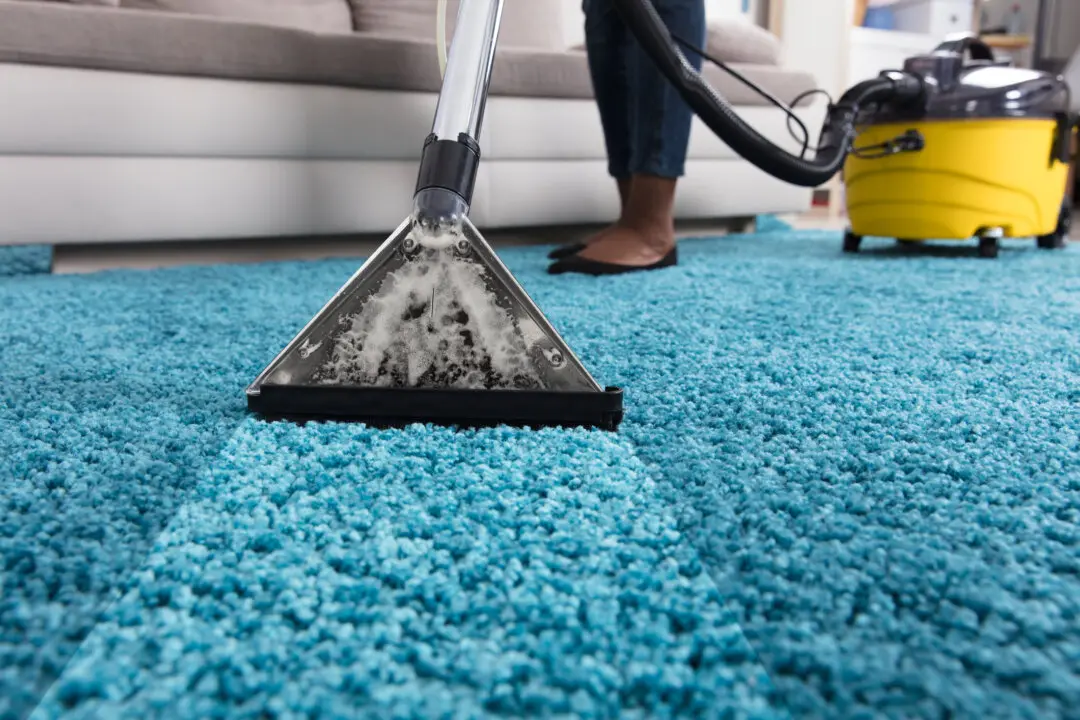When an electric water heater begins to produce lukewarm water, replacing it is an obvious choice. The simplest solution is to replace it with a new electric unit that will be more efficient and consume less energy than the old one. While a home improvement like decorating is more enjoyable and visible, an electric water heater is a necessity. A good place to start is Energy Saver, the U.S. Department of Energy’s (DOE) consumer resource on saving energy at https://www.energy.gov/energysaver/energy-saver.
The best choice is a replacement that satisfies your hot water needs and uses as little energy as possible. The size is determined by the number of gallons of water; for example, a 50-gallon unit is suggested for a household of three to five members. Read product reviews and details of warranties. The easiest swap is replacing an old unit with the same size as the new unit. You have the choice of a lowboy or traditional style. The old unit’s location may be difficult to service and make it a challenge to remove and cumbersome to handle.
If you have electrical tools and experience, working with some electrical projects can be a doable job for a handy homeowner. You can buy a 50-gallon unit and installation kit for $550. But unless you’re an electrician, we suggest hiring a pro to guarantee the installation will be safe and they will cart away the old unit.
The replacement involves disconnecting and removing the old unit, then wiring the circuits of the new heater into the electrical system of the house and connecting the new heater to existing hot and cold-water pipes.
An electrician will charge $850, which includes labor and material, to remove the old unit and replace it with a 50-gallon electric hot water heater. If you want to be involved, save your strength for the worst part of the job – removing the unit. This can be especially challenging if it’s tucked away in a corner of a basement and there are stairs to get it out of the house.
To find more DIY project costs and to post comments and questions, visit www.diyornot.com and m.diyornot.com on smartphones.
Pro Cost — DIY Cost — Pro time — DIY Time — DIY Savings — Percent Saved
$850 — $550 — 3.0 — 4.0 — $300 — 35 Percent
Copyright 2023 Gene and Katie Hamilton. Distributed by Tribune Content Agency, LLC.





